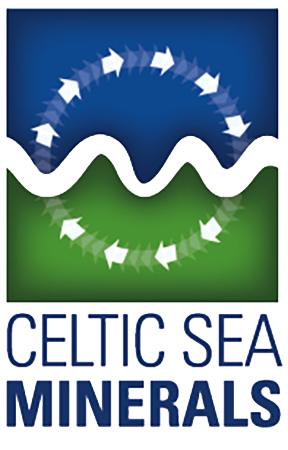How to prevent eggshell quality problems?
Eggshell quality problems can be a large hidden cost for poultry farming. Cracked and damaged eggs can account for as much as 6 to 8% of total production. It can be particularly problematic in older flocks (Bain et al., 2006).
The increasing world population generates an increased demand for animal protein. Hence, laying hen numbers and egg production efficiency is a key topic for the poultry industry. Extending the egg laying period also aligns with sustainable farming. Driving egg production per laying hen will have significant benefits to reduce the carbon footprint of the laying hen industry (Bain et al., 2016).
The question is “Which poultry nutritional strategies will reduce the risk for eggshell quality problems, and extent the egg laying period to contribute to sustainable farming?”
10 common eggshell quality problems:
- dirty eggs
- shell-less eggs
- soft-shelled eggs
- wrinkled eggs
- pimpled eggs
- corrugated eggs
- cracked eggs
- mottled shells
- body checked eggs
- misshapen eggs
Eggshell formation
The formation of eggs inside the hen is a complex process, incorporating many different steps. At ovulation, the yolk is captured by the open end of the oviduct. During the travel through the oviduct, first the albumen (the egg white) is formed in the first 4 hours. In the next hour, the eggshell membranes are deposited. Lastly, the forming egg mass enters the shell gland, and this is where the eggshell is formed in several stages. Based on the lighting schedule in standard practice, the finalization of the shell being formed occurs in the early hours of the morning, just before the lighting comes back on.
The eggshell counts for approximately 10-11% of the total egg weight. The main part of the eggshell consists of calcium, 1.7 – 2.5 grams. The minerals present in the eggshells are:
- Calcium carbonate 94 – 97%
- Phosphorus 0.3%
- Magnesium 0.2%
- Organic matter < 2%
Based on the eggshell contents of minerals, calcium is the main nutrient for eggshell formation. When insufficient calcium is supplied, chickens will be laying soft shelled eggs or misshapen eggs. However, due to the egg forming process inside the hen, not all calcium required for the eggshell can be supplied via the diet. Bone derived calcium is required for the final stages of shell formation as this takes place during the night when hens are not feeding. Laying hens have so-called medullary bones, which allow for rapid absorption and renewal (Bouvarel et al., 2011).
Subsequently, about two thirds of the calcium can be directly supplied via the hen’s diet, and one third by the mobilization of calcium out these medullary bones. Unfortunately, this constant cycle of absorption, renewal, and resorption of bones aids in the occurance of osteoporosis. Osteoporosis is caused by a reduced amount of fully mineralised structural bone, resulting in a reduced bone density and thus increased bone fragility and increased proneness to fractures.
The number of hens suffering from osteoporosis or so-called cage laying fatigue is dependent on the housing system, nutrition, and breed of then hen. Crespo (2020) reported that 30% of the laying hens suffers from osteoporosis but that up to 80% of the laying hen population suffers from fractures in bones at some stage in life, often associated with catching, transporting, and processing.
This can be a major animal welfare and health issue (Bain et al., 2016). The type, bioavailability and particle size of calcium being supplied can help to improve bone reserves of calcium.
Other work performed by Celtic Sea Minerals has demonstrated the positive impact of CeltiCal supporting bone development of young chicks. This is also very beneficial for pullets. CeltiCal is specific for animals until they enter the laying stage. Multiple scientific publications from the human application side and specific for our products have shown impressive results to reduce the risk for osteoporosis.

Source: Lohmann Tierzucht, Management Guide
Factors affecting eggshell quality:
- age of the hen
- breed of the hen
- laying hen nutrition
- water quality
- management & lighting schedule
- immunological problems and disease
- stress
How CeltiMin reduces the risk for eggshell quality problems?
Reducing the risk for egg shell quality problems will increase on-farm profits and support sustainable farming. Extending the egg laying period is also key to achieve these goals. The main reason for replacing a flock is generally based on age, when both laying percentage as well as eggshell quality are reducing. The decline in eggshell quality and laying percentage varies between flocks, breeding lines as well as individual hens.
Poor eggshell quality in the late stages of laying (>70 weeks) does not mean that all hens in the ageing flock produce eggs of reduced quality. It is rather that the variability in egg quality within the flock increases and that is the reason for replacing.
More and more research and focus within the sector has been on extending the egg laying period to 100 weeks or 500 eggs per hen. This asks for a complete package in management, feed, and genetics in order to reach this goal:
- Eggshell quality needs to remain constant
- Laying percentage of hens must be high enough
- Hen health and bone health need to be maintained
CeltiMin is a novel, 100% natural animal feed ingredient specific for laying hen nutrition. The basis is a “slow release” marine mineral complex with 74 bioavailable minerals, working together in concert. The unique honeycomb structure of CeltiMin allows for a perfectly balanced solubilisation of the marine mineral matrix. Hence, CeltiMin delivers bioavailable macro and trace minerals in an ionised form to the digestive system of the hen when she needs it the most. CeltiMin kicks in when the eggshell is formed.

CeltiMin improves eggshell quality in older laying hens
In 2012, Schothorst Feed Research and the Dutch governmental organization overseeing the poultry sector performed a large body of research. They have been looking into various parameters for the extension of the egg laying period. A questionnaire with farmers, an immunology study for hen health, and a nutrition study was performed, all researching the possibilities and strategies required to extend the egg laying period up to 100 weeks.
The nutrition study evaluated different laying hen nutrition strategies and six different feed ingredients, CeltiMin was one of them. The product was tested between 76 and 81 weeks in lay. The dietary treatments were as follows:
- Control diet with a set Ca level at 3.91% on the basis of 2/3 limestone grit and 1/3 limestone
- Treatment diet with a set Ca level at 3.90% on the basis of 3/4 CeltiMin and 1/4 limestone
All other parameters were kept equal.
The inclusion of CeltiMin gave the following results:
- Significant higher egg laying percentage vs. control.
- For egg laying percentage and egg weight, a significant interaction was found between treatment and breed, P<0.05 for both parameters.
- CeltiMin was the only feed ingredient that demonstrated a significant improvement on production performance.
Schothorst Feed Research concluded that the eggshell quality improved when using CeltiMin. This was observed trough the eggshell quality parameters of breaking strength, static and dynamic rigidity.
The results from this study correspond with results from multiple on-farm trials, where the inclusion of CeltiMin improved laying percentage and eggshell quality, especially in late lay.

CeltiMin improves the laying hen performance and eggshell quality (source: Schothorst Feed Research, 2013)
Conclusions
In summary, improving eggshell quality is an important parameter in order to increase ROI for poultry farmers, as well as guiding the extension of the egg laying period up to 100 weeks. Currently, a reduction in laying percentage together with reduced eggshell quality are the main parameters in replacing flocks.
The inclusion of CeltiMin has shown great potential in supporting this extension of the laying period through the increase of saleable eggs and enhanced laying percentage, especially in late lay.
CeltiMin offers nutritional solutions for:
- egg formation and stronger eggshell
- extending the laying cycle
- better feed conversion ratio
- improving the production efficiency
- animal welfare, improve bone integrity
The report of Schothorst Feed Research (2013) is published by the Dutch governmental organization “Productschap Pluimvee & Eieren”. Download the full report here (in Dutch) and get powered by our science. An English summary of the report is available upon request.

Related articles
 https://celticseaminerals.com/wp-content/uploads/2021/02/Transition-cow-Acid-Buf-CSM-800x600-1.png
600
800
Patricia
https://celticseaminerals.com/wp-content/uploads/2020/01/Celtic_13.png
Patricia2021-02-08 15:05:032023-03-02 13:35:35Transition Cow Management
https://celticseaminerals.com/wp-content/uploads/2021/02/Transition-cow-Acid-Buf-CSM-800x600-1.png
600
800
Patricia
https://celticseaminerals.com/wp-content/uploads/2020/01/Celtic_13.png
Patricia2021-02-08 15:05:032023-03-02 13:35:35Transition Cow Management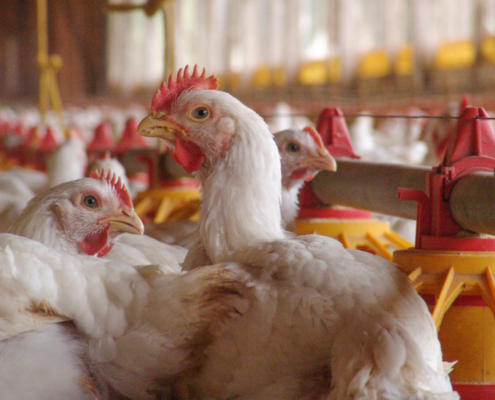 https://celticseaminerals.com/wp-content/uploads/2020/11/CSM-CeltiMin-layers-featured-image-webpage-800x600-1.png
600
800
Patricia
https://celticseaminerals.com/wp-content/uploads/2020/01/Celtic_13.png
Patricia2020-11-03 15:41:302023-03-02 13:36:21How to prevent eggshell quality problems?
https://celticseaminerals.com/wp-content/uploads/2020/11/CSM-CeltiMin-layers-featured-image-webpage-800x600-1.png
600
800
Patricia
https://celticseaminerals.com/wp-content/uploads/2020/01/Celtic_13.png
Patricia2020-11-03 15:41:302023-03-02 13:36:21How to prevent eggshell quality problems?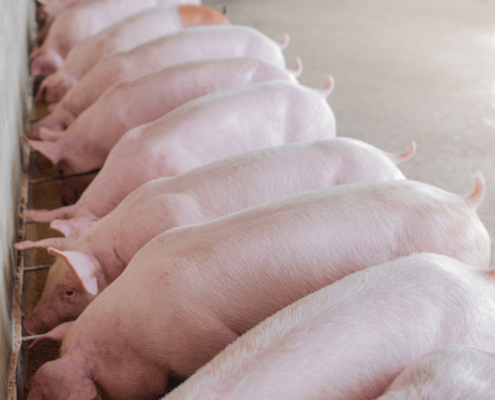 https://celticseaminerals.com/wp-content/uploads/2020/09/CSM-featured-image-gastric-pH-800x600px.png
600
800
Patricia
https://celticseaminerals.com/wp-content/uploads/2020/01/Celtic_13.png
Patricia2020-09-20 15:10:092023-03-02 13:36:48How gastric pH affects pig gut health
https://celticseaminerals.com/wp-content/uploads/2020/09/CSM-featured-image-gastric-pH-800x600px.png
600
800
Patricia
https://celticseaminerals.com/wp-content/uploads/2020/01/Celtic_13.png
Patricia2020-09-20 15:10:092023-03-02 13:36:48How gastric pH affects pig gut health https://celticseaminerals.com/wp-content/uploads/2020/07/CSM-featured-image-heat-stress-asia.png
600
800
Patricia
https://celticseaminerals.com/wp-content/uploads/2020/01/Celtic_13.png
Patricia2020-07-28 08:45:572023-03-02 13:38:15Heat stress in dairy cows
https://celticseaminerals.com/wp-content/uploads/2020/07/CSM-featured-image-heat-stress-asia.png
600
800
Patricia
https://celticseaminerals.com/wp-content/uploads/2020/01/Celtic_13.png
Patricia2020-07-28 08:45:572023-03-02 13:38:15Heat stress in dairy cows https://celticseaminerals.com/wp-content/uploads/2020/06/CSM-featured-image-feed-efficiency-800x600px.png
600
800
Patricia
https://celticseaminerals.com/wp-content/uploads/2020/01/Celtic_13.png
Patricia2020-06-30 12:28:302023-03-02 13:39:19Improving feed efficiency in dairy cows
https://celticseaminerals.com/wp-content/uploads/2020/06/CSM-featured-image-feed-efficiency-800x600px.png
600
800
Patricia
https://celticseaminerals.com/wp-content/uploads/2020/01/Celtic_13.png
Patricia2020-06-30 12:28:302023-03-02 13:39:19Improving feed efficiency in dairy cows https://celticseaminerals.com/wp-content/uploads/2020/06/CSM-featured-image-piglets-sleeping-800x600px.png
600
800
Patricia
https://celticseaminerals.com/wp-content/uploads/2020/01/Celtic_13.png
Patricia2020-06-23 15:33:152023-03-02 13:40:54How to reduce pig aggression?
https://celticseaminerals.com/wp-content/uploads/2020/06/CSM-featured-image-piglets-sleeping-800x600px.png
600
800
Patricia
https://celticseaminerals.com/wp-content/uploads/2020/01/Celtic_13.png
Patricia2020-06-23 15:33:152023-03-02 13:40:54How to reduce pig aggression? https://celticseaminerals.com/wp-content/uploads/2020/06/CSM-featured-image-beef-cattle-charolais-800x600px.png
600
800
Patricia
https://celticseaminerals.com/wp-content/uploads/2020/01/Celtic_13.png
Patricia2020-06-16 07:25:322023-03-02 13:41:17Fiber digestion drives beef cattle performance
https://celticseaminerals.com/wp-content/uploads/2020/06/CSM-featured-image-beef-cattle-charolais-800x600px.png
600
800
Patricia
https://celticseaminerals.com/wp-content/uploads/2020/01/Celtic_13.png
Patricia2020-06-16 07:25:322023-03-02 13:41:17Fiber digestion drives beef cattle performance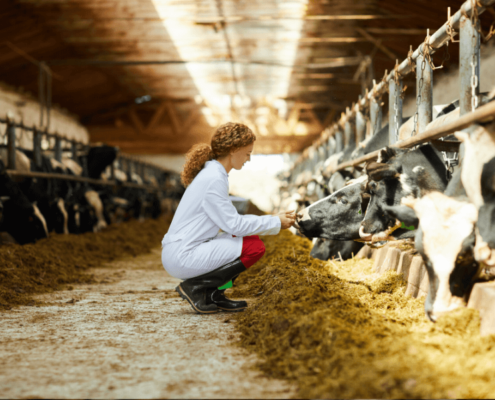 Celtic Sea Minerals
https://celticseaminerals.com/wp-content/uploads/2020/06/CSM-featured-image-dairy-cow-neville-800x600px.png
600
800
Patricia
https://celticseaminerals.com/wp-content/uploads/2020/01/Celtic_13.png
Patricia2020-06-01 20:53:282023-03-02 13:44:46How a rumen buffer drives dairy performance
Celtic Sea Minerals
https://celticseaminerals.com/wp-content/uploads/2020/06/CSM-featured-image-dairy-cow-neville-800x600px.png
600
800
Patricia
https://celticseaminerals.com/wp-content/uploads/2020/01/Celtic_13.png
Patricia2020-06-01 20:53:282023-03-02 13:44:46How a rumen buffer drives dairy performance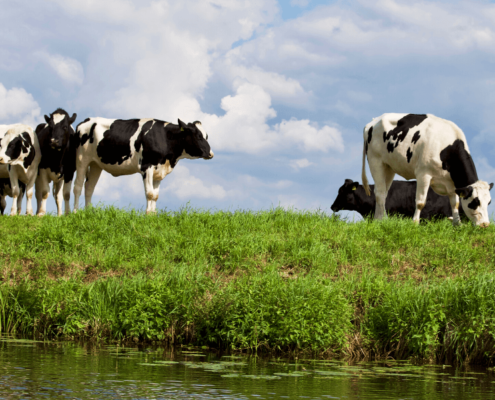 https://celticseaminerals.com/wp-content/uploads/2020/05/CSM-featured-image-holstein-cow-gras-800x600px.png
600
800
Patricia
https://celticseaminerals.com/wp-content/uploads/2020/01/Celtic_13.png
Patricia2020-05-24 21:54:212023-03-02 13:45:11How to reduce the risk for grass staggers?
https://celticseaminerals.com/wp-content/uploads/2020/05/CSM-featured-image-holstein-cow-gras-800x600px.png
600
800
Patricia
https://celticseaminerals.com/wp-content/uploads/2020/01/Celtic_13.png
Patricia2020-05-24 21:54:212023-03-02 13:45:11How to reduce the risk for grass staggers? https://celticseaminerals.com/wp-content/uploads/2020/05/CSM-featured-image-pig-nose-800x600px.png
600
800
Patricia
https://celticseaminerals.com/wp-content/uploads/2020/01/Celtic_13.png
Patricia2020-05-12 22:21:192023-03-02 13:46:30How to prevent gastric ulcers in pigs?
https://celticseaminerals.com/wp-content/uploads/2020/05/CSM-featured-image-pig-nose-800x600px.png
600
800
Patricia
https://celticseaminerals.com/wp-content/uploads/2020/01/Celtic_13.png
Patricia2020-05-12 22:21:192023-03-02 13:46:30How to prevent gastric ulcers in pigs? Celtic Sea Minerals
https://celticseaminerals.com/wp-content/uploads/2020/04/CSM-Iceland-Marine-Minerals.png
600
800
Patricia
https://celticseaminerals.com/wp-content/uploads/2020/01/Celtic_13.png
Patricia2020-04-20 07:15:212023-03-02 13:48:33Marine Minerals Nutrition Platform
Celtic Sea Minerals
https://celticseaminerals.com/wp-content/uploads/2020/04/CSM-Iceland-Marine-Minerals.png
600
800
Patricia
https://celticseaminerals.com/wp-content/uploads/2020/01/Celtic_13.png
Patricia2020-04-20 07:15:212023-03-02 13:48:33Marine Minerals Nutrition Platform Celtic Sea Minerals
https://celticseaminerals.com/wp-content/uploads/2020/04/CSM-dairy-cow-udder-milk-fat.png
600
800
Patricia
https://celticseaminerals.com/wp-content/uploads/2020/01/Celtic_13.png
Patricia2020-04-19 18:50:522023-03-02 13:47:30How to increase butterfat in dairy cows?
Celtic Sea Minerals
https://celticseaminerals.com/wp-content/uploads/2020/04/CSM-dairy-cow-udder-milk-fat.png
600
800
Patricia
https://celticseaminerals.com/wp-content/uploads/2020/01/Celtic_13.png
Patricia2020-04-19 18:50:522023-03-02 13:47:30How to increase butterfat in dairy cows?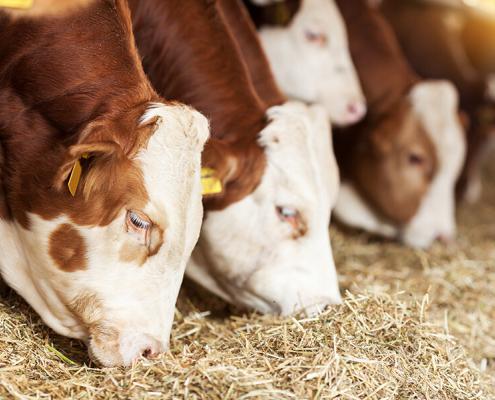 Celtic Sea Minerals
https://celticseaminerals.com/wp-content/uploads/2020/02/koe2.jpg
600
800
Patricia
https://celticseaminerals.com/wp-content/uploads/2020/01/Celtic_13.png
Patricia2020-02-14 21:43:062023-03-02 13:47:50How to prevent rumen acidosis?
Celtic Sea Minerals
https://celticseaminerals.com/wp-content/uploads/2020/02/koe2.jpg
600
800
Patricia
https://celticseaminerals.com/wp-content/uploads/2020/01/Celtic_13.png
Patricia2020-02-14 21:43:062023-03-02 13:47:50How to prevent rumen acidosis?You want to get powered by our science?

Strand Farm
Curraghbinny
Carrigaline
Co.Cork
P43 NN62, Ireland
T: +353 21 437 8377
E: info@celticseaminerals.com
Our marine minerals are fully compliant with the following globally recognised quality assurance schemes:

